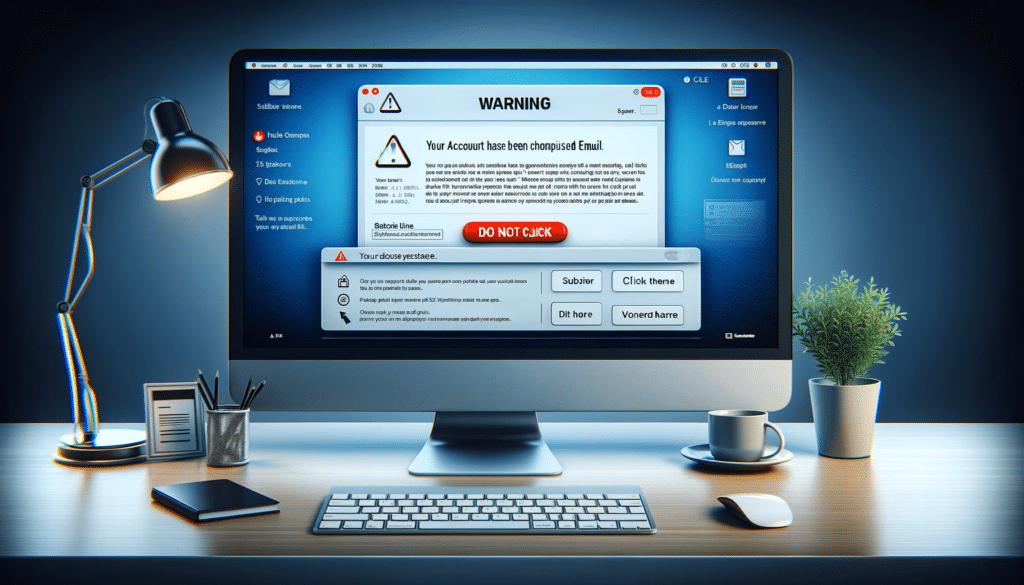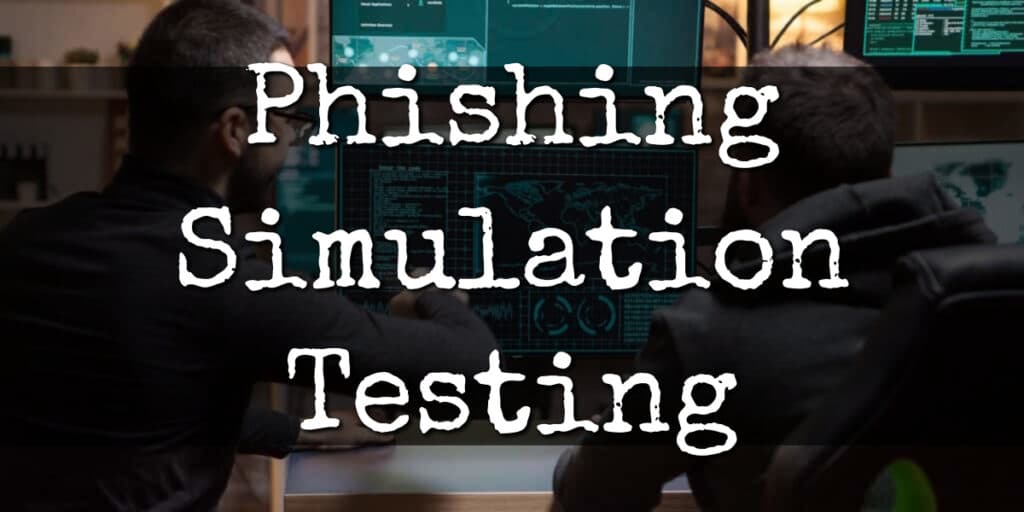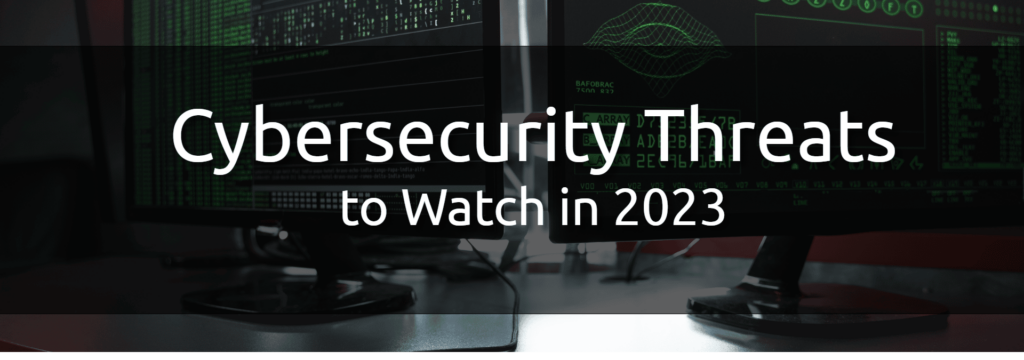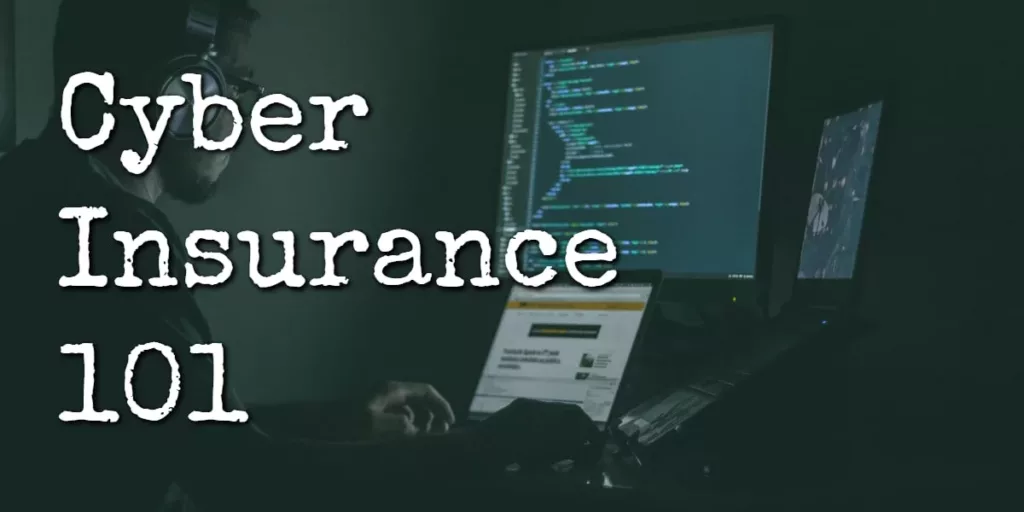How prepared is your business for a phishing attack? With cybercriminals becoming more sophisticated in their tactics, staying ahead of the game and protecting yourself from falling victim to these scams is crucial.
By simulating real-world phishing threats, you can train your employees to spot and handle these attacks, significantly reducing the risk of data breaches and financial loss.
Let’s dive into the world of phishing simulations and learn the best practices for conducting them effectively!
On This Page:
What Is a Phishing Simulation?

Phishing simulations are controlled exercises, also known as phishing tests, designed to help employees learn how to identify and respond to phishing attacks. These simulations are usually carried out by cybersecurity experts or a company’s IT team, who are responsible for phishing training.
A phishing simulation trains employees to recognize and differentiate actual phishing attacks from fakes, thereby boosting cybersecurity awareness and reducing the likelihood of falling prey to actual phishing schemes.
These simulations can range from generic phishing to more targeted forms such as spear phishing, where exercises are designed to mimic attacks that employees might encounter, tailored to their role or department.
A phishing test works by simulating actual phishing attacks through:
- Sending out a phishing email or attachment to targeted users, mimicking a phishing attempt
- Trying to get them to click on an embedded link or open a file in the email
- If someone clicks on the simulated link, they’ll be taken to a landing page and be informed that they’ve failed the phishing test and may need to take extra cybersecurity or phishing training.
This immediate feedback helps employees understand the importance of confirming the identity of the sender before giving out any personal details, such as login credentials, online to avoid being tricked by phishing scams.
Phishing simulations assess a company’s vulnerability to social engineering and help prevent data breaches by training employees to spot and respond to phishing threats. These simulations track click and response rates to mock malicious phishing emails, links, and attachments, allowing a company to calculate its “phish-prone percentage” and identify employees at greater risk of succumbing to actual phishing attacks, thereby strengthening its cybersecurity defenses.
It’s important to emphasize a non-punitive approach when employees err; those who inadvertently click a malicious link should not be punished, but encouraged to report their mistake, enabling your security team to address any potential breach promptly.
10 Best Practices for Conducting Phishing Simulations

It’s important to follow established phishing simulation best practices to ensure you’re spending your resources wisely, and getting the most out of your simulated phishing campaign.
Here are 10 strategies to ensure your phishing simulations are as effective as possible:
- Define Clear Goals: Establish specific, measurable objectives for your phishing campaigns. This helps direct your efforts efficiently, ensuring that simulations address key cybersecurity vulnerabilities and compliance requirements.
- Diverse Simulation Methods: Utilize various communication channels, such as email, text messages, and phone calls, and different document types, including PDFs, Word docs, and Excel sheets for simulations. This diversity reflects the multifaceted nature of real phishing tactics.
- Personalization Tactics: Craft phishing emails with details unique to the recipient, such as their name or job title. This mirrors actual phishing strategies that personalize attacks to increase their success rate.
- Use Realistic Scenarios: Implement a range of phishing strategies in simulations—such as urgency cues, emotional triggers, enticing rewards, and authority exploitation—to mimic the sophisticated tactics of attackers.
- Target High-Risk Groups: Identify and focus on high-risk employees or departments with access to sensitive information. Tailoring simulations for these groups can fortify potential weak links in your security chain.
- Reporting Procedure Reminders: Before running simulations, refresh employees on the correct reporting processes. This not only measures procedural awareness but also reinforces the importance of prompt threat reporting.
- Monitor and Analyze Outcomes: Track the engagement with phishing simulations and analyze the data to pinpoint vulnerabilities. Use these insights to tailor future training and measure progress over time.
- Positive Reinforcement: Foster a supportive atmosphere where employees feel comfortable reporting mistakes made during simulations. Use these opportunities for constructive feedback rather than punitive measures.
- Incorporate Learnings: Integrate the results and data from phishing simulations into regular training sessions. Focus on areas where employees show recurring challenges, adapting the curriculum to improve their skills.
- Consistent Schedule: Conduct phishing simulations at regular intervals, ideally every 4-6 weeks, to keep staff alert and informed about the latest phishing techniques and trends in cybersecurity threats.
Monitoring and Analyzing Results
Close monitoring and analysis of your phishing simulations are key to their success. Tracking metrics, like the number of people who clicked the link, completed the requested action, and correctly reported the email, can provide useful data to shape your future training efforts.
This data can be used to:
- Identify which topics need more awareness training
- Determine how well employees understand internal reporting policies
- Focus extra training on the people who would benefit the most from it
By monitoring the phish-prone percentage, you can spot trends and see how your employees’ security awareness has improved from one test to the next.
Consistent monitoring and analysis of your phishing simulations not only assist you in customizing your training efforts but also showcase your company’s dedication to upholding robust cybersecurity defenses. With constant alertness and continuous improvement, your employees will be more prepared to tackle real-world phishing threats.
Phishing Awareness Training

Phishing awareness training should be a continuous process, supplemented by phishing simulations, to foster a robust cybersecurity culture and guarantee employees are adequately prepared to manage real-world phishing threats. The best approach to combating phishing threats is a multi-layered and integrated strategy, with prevention, visibility, and response all working together. Frequent phishing testing carried out every 4-6 weeks, can aid in reinforcing the lessons learned during awareness training and maintain employee alertness.
Customizing phishing awareness content to make it more relevant and effective is another important aspect of a successful training program. By personalizing the training materials and addressing the specific needs of different departments and employee groups, you can create a more engaging and impactful learning experience.
This promotes a robust cybersecurity culture within your organization, certifying that employees are ready to confront actual phishing threats and reduce the risk of falling prey to real phishing attempts.
Summary
Regular phishing testing and ongoing security awareness training are vital for maintaining and enhancing your organization’s security posture and protecting your sensitive data against the ever-evolving threat of phishing attacks.
By following best practices for conducting effective phishing simulations, monitoring and analyzing their results, and incorporating insights into your training efforts, your employees will be better prepared to recognize and mitigate phishing attacks. Together, we can build a safer digital landscape for everyone.
Frequently Asked Questions
How often should phishing simulations be done?
Phishing simulations should be done every quarter to maximize the impact of new or improved security awareness training methods. Doing simulated phishing attempts every other month or every quarter is optimal for testing different training methods and interventions.
What is the fail rate for a phishing test?
32.4% of untrained end users fail phishing tests, with electronics manufacturers having the highest failure rate at 14%, followed by aerospace and mining companies at 13%, and the agriculture and food services sector reporting 8.2%. Banking and financial institutions have a 7.8% failure rate, while the legal sector has 7.1%. The human layer (social engineering attacks) is still the most desirable attack vector for cyber criminals.
How do phishing simulations contribute to enterprise security?
Phishing simulations help improve enterprise security by training employees to recognize and react to fake phishing emails, thereby reducing the likelihood of real attacks succeeding and enhancing the overall cyber defense of the organization.



